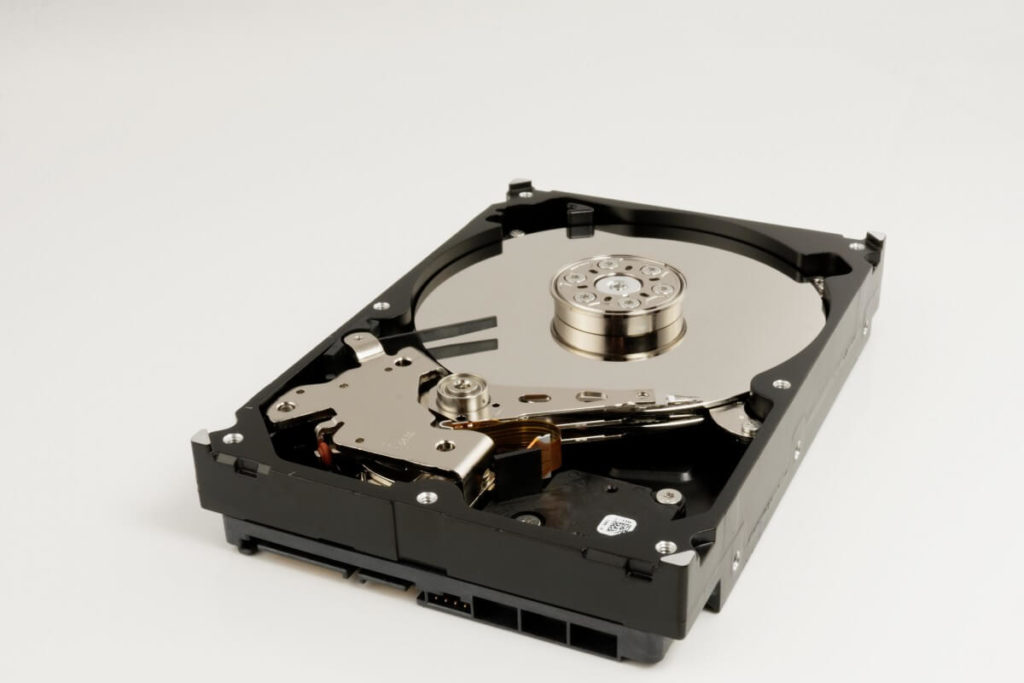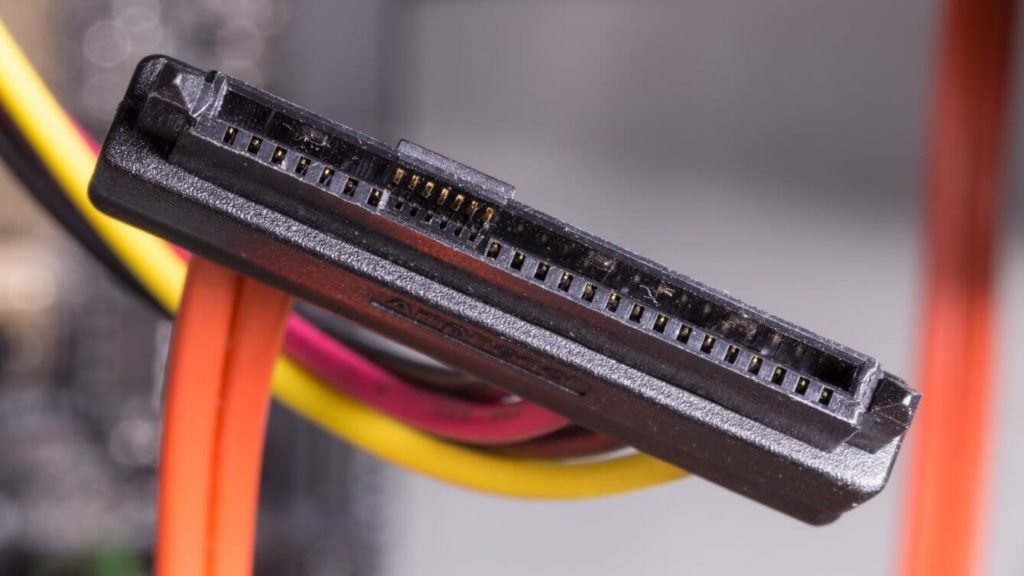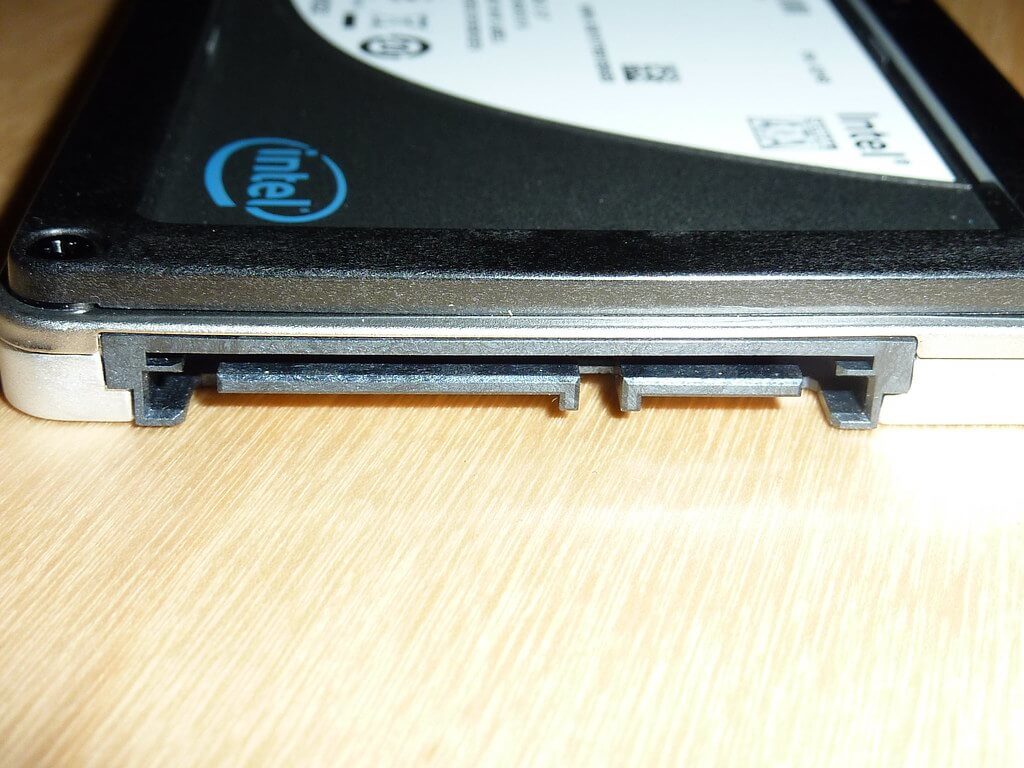Langezeit bestimmten SAS Festplatten mit 10 oder 15 tausend Umdrehungen pro Minute den Sektor des schnellen Speichers in Server, aber werden diese nun von SSDs abgelöst?
Zuerst etwas Hintergrundwissen – Wie funktioniert eine Festplatte
Fast jeder, der sich mit Computern auskennt weiß, dass herkömmliche Festplatten langsamer als SSDs sind. Aber warum ist das eigentlich so? Festplatten verwenden sich bewegende Teile um Daten zu Speicher. SSDs speichern die Daten auf Halbleitern, dies mach sie so viel schneller. Festplatten bestehen aus mehreren Scheiben, welche mit winzig kleinen Magneten beschichtet sind, welche von einem Lese-/Schreibkopf ausgelesen oder umpolarisiert werden. Nun gibt es zwei Dinge, welche Festplatten langsamer machen. Zum einen muss sich der Kopf vom Inneren zum Äußeren der Platte bewegen um Daten zu lesen bzw. zu schreiben. Zum anderen muss er warten, bis sich der richtige Teil der Platte unter ihm befindet, bis er lesen bzw. schreiben kann.

Warum gibt es diese speziellen SAS Festplatten?
Diese Festplatten sind für eine sehr hohe Geschwindigkeit, vor allem bei zufälligen Zugriffen, ausgelegt. Diese erreichen sie zum einen dadurch, dass sie den kleineren 2,5″ Standard anstatt dem 3,5″ Standard verwende. Dadurch muss sich der Lese-/Schreibkopf nicht so weit bewegen und kommt so schneller zu der richtigen Stelle auf der Platte. Zum anderen hat man die Umdrehungszahl drastisch erhöht. Während normale 2,5″ Festplatten sich mit 5400 rpm und 3,5″ Festplatten sich mit 7200 rpm drehen, haben diese speziellen SAS Festplatten eine Umdrehungszahl von 10000 bis 15000 rpm. Dadurch kommt die richtige Stelle der Platte schneller unter den Lese-/Schreibkopf und die Zugriffszeit verkürzt sich. Zudem sind auch Zugriffe auf direkt hintereinander liegende Teile der Platte viel schneller. Zufällige Zugriffe sind bei 1500 rpm Platten mehr als doppelt so schnell wie bei 7200 rpm Platten. Allerdings konnte man dadurch die einzelnen Magnetsektoren auf der Platte nicht so klein machen, wie bei langsamer drehenden Festplatten. Dadurch ist ihre Kapazität auf ungefähr einen Terabyte beschränkt.

SSDs – eine ganz neue Technologie
Während schon lange Daten mit Hilfe von Halbleitern gespeichert wurde, nutzt man sie erst seit 10 bis 20 Jahren zur langzeit Speicherung größerer Datenmengen. Diese Laufwerke sind als SSDs bekannt. Im Gegensatz zu herkömmlichen Festplatten besitzen sie keine beweglichen Teile. Dadurch verringern sich die Zugriffszeiten vor allem bei zufälligen Zugriffen. Sehr schnelle SSDs können über 16 mal so schnell sein, wie eine Festplatte. Außerdem können sie fast unendlich oft ausgelesen werden, nur das schreiben nutzt sie ab. So sind sie nicht nur schneller, sondern auch langlebiger als herkömmliche Festplatten. Zudem sind sie dadurch, dass sie keinen beweglichen Teile besitzen sehr viel Stromsparender als Festplatten und haben auch eine viel geringere Hitzeentwicklung.

Wegen diesen Vorteilen muss man leider sagen, dass Festplatten in vielen Bereichen von SSDs abgelöst wurden. Nur wenn man sehr viele Daten speichern und diese nicht sehr oft und schnell auslesen muss sind Festplatten noch die bessere Wahl. Dann greift man lieber zu langsameren, größeren Festplatten, denn SAS Festplatten sind ungefähr so teuer, wie eine normale SSDs, aber nicht mal halb so schnell.
Wenn Sie nach einer Speicherlösung für einen neuen Server oder Computer suchen raten wir Ihnen, zu normalen für den Verbraucher gedachten SSDs von einem namhaften Hersteller.
